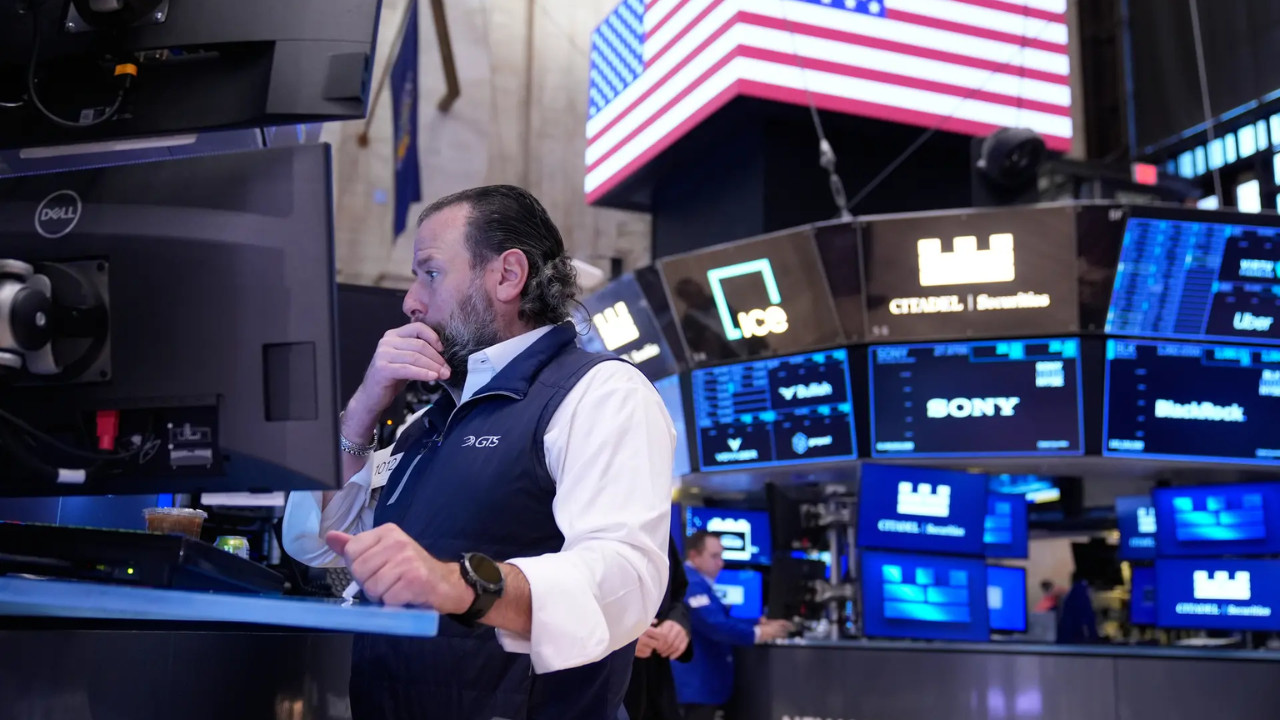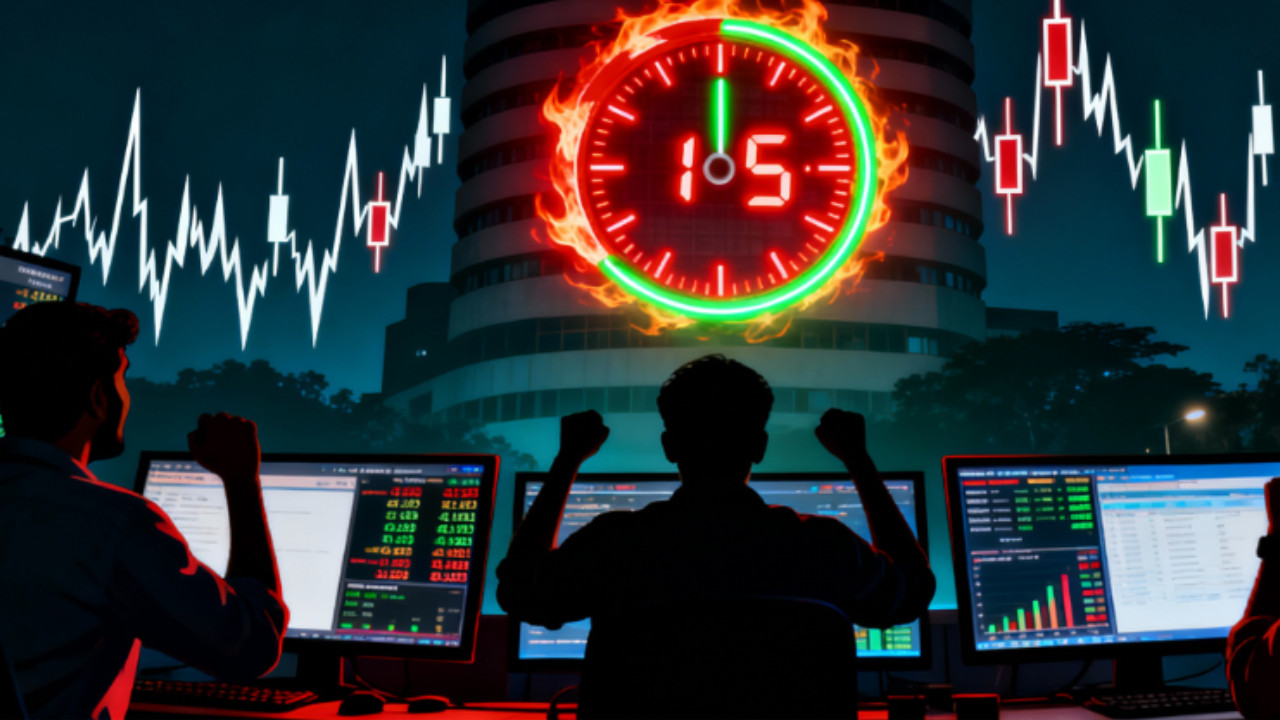US wholesale inflation remained flat in June, despite concerns over President Trump’s tariffs. The producer price index showed a 2.3% year-on-year increase, the smallest since September. While some sectors saw tariff impacts, like furniture, others, such as steel, defied expectations. Retailers are feeling the squeeze, and the Federal Reserve is monitoring the impact on inflation.
Decoding the US Inflation Puzzle: Are We Headed for Smooth Sailing?
The economic winds are shifting, and everyone’s glued to the inflation gauge. The latest signals from the US Producer Price Index (PPI) are offering a mixed bag of hope and caution. June saw producer prices remaining stubbornly flat, a welcome change after months of feeling the pinch of rising costs. But before we break out the celebratory champagne, let’s dig deeper into what this really means and what lurking factors could still throw a wrench in the works.
For those not fluent in economics-speak, the PPI essentially tracks the changes in prices that domestic producers receive for their output. Think of it as a barometer for the costs that businesses face – raw materials, energy, and so on. When these costs stay put, it suggests that businesses aren’t feeling pressured to raise prices for consumers. This, in turn, can help cool down overall inflation.
The June PPI report showed no change from the previous month, and year-over-year, producer prices crept up a modest 0.1%. These are whispers of progress after the roaring inflation of the past year. But are these whispers going to grow into a soothing symphony, or a jarring discord?
One crucial factor to consider is the impact of tariffs, specifically those imposed on goods from certain countries. While the immediate effect of tariffs might not be immediately obvious in the PPI, their influence can build over time. Think of it like this: a tariff acts like a tax on imported goods. This increased cost is initially absorbed by importers and businesses, but eventually, those costs are often passed on to consumers in the form of higher prices. The longer tariffs remain in place, the more likely they are to fuel inflationary pressures.
Some analysts believe that the full brunt of existing tariffs has yet to be felt. If that’s true, we might see a less rosy picture in the coming months, potentially starting as early as August. This lag effect makes forecasting inflation a tricky game. It’s not just about looking at today’s numbers; it’s about anticipating the ripple effects of policies already in place.

Another piece of the puzzle is the Federal Reserve’s ongoing battle against inflation. The Fed has been aggressively raising interest rates to cool down the economy and curb spending. While these rate hikes are designed to bring inflation under control, they also carry the risk of slowing down economic growth, potentially even triggering a recession.
The Fed’s balancing act is a delicate one. They need to raise rates enough to tame inflation, but not so much that they derail the economy. The flat PPI reading for June might give the Fed some breathing room, perhaps influencing their decision on whether to continue raising rates at the same aggressive pace. However, the potential impact of tariffs and other global economic uncertainties will also weigh heavily on their minds.
The US isn’t alone in this economic dance. Global events, such as fluctuations in oil prices and supply chain disruptions, can have a significant impact on US inflation. For example, if oil prices spike, it immediately affects transportation costs, which then ripple through the economy, impacting the price of everything from groceries to airline tickets.
Navigating the current economic landscape requires a nuanced understanding of these interconnected factors. The flat PPI in June is a positive sign, but it’s just one piece of a complex puzzle. We need to keep a close watch on the potential impact of tariffs, the Federal Reserve’s actions, and global economic events to get a clearer picture of where inflation is headed. Don’t forget to read more on related topics, such as [understanding the consumer price index](link-to-cpi-article.html).
Ultimately, predicting the future of inflation is an inexact science. However, by carefully analyzing the available data and understanding the underlying dynamics, we can make more informed decisions about our finances and investments. The key is to stay informed, remain flexible, and be prepared for potential shifts in the economic winds.







